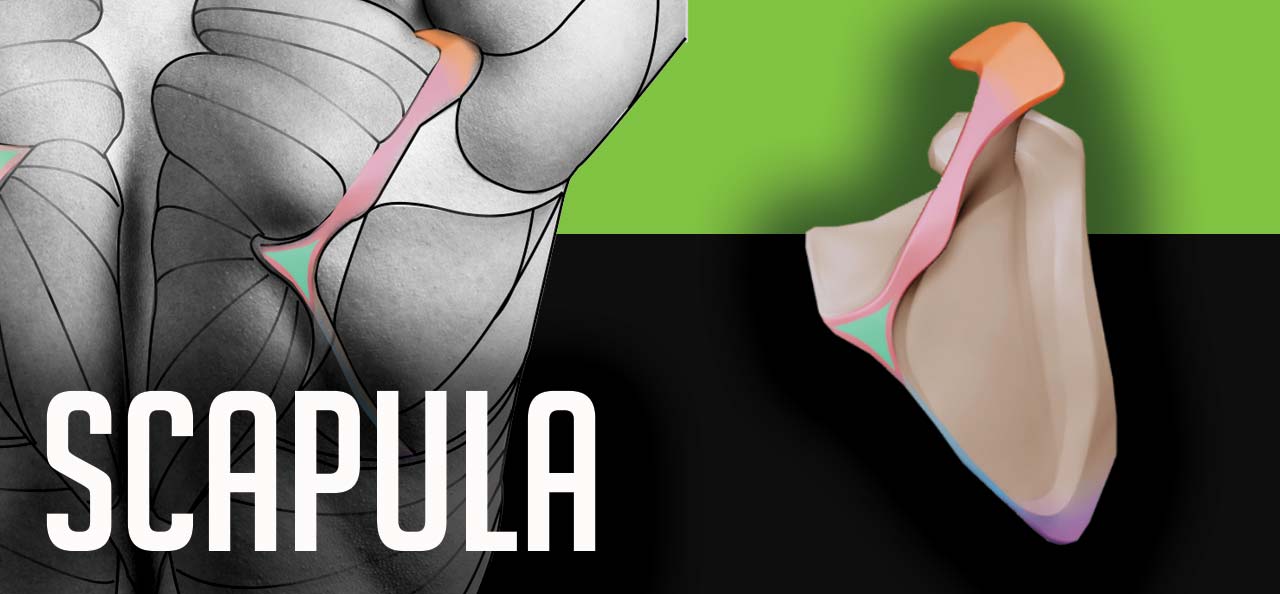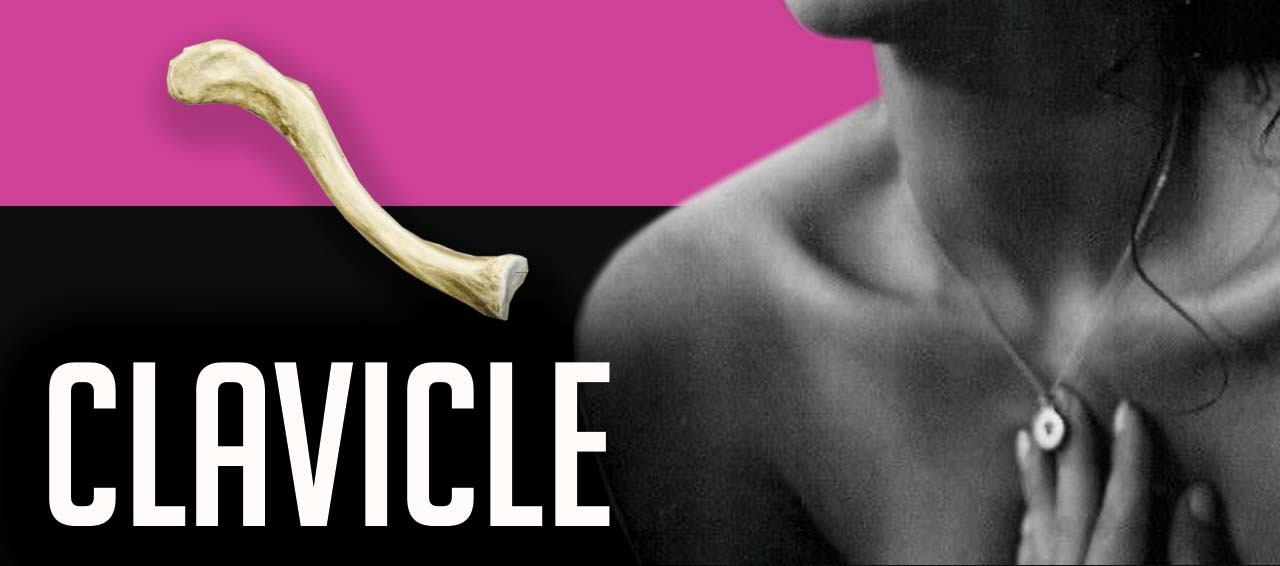Bones of the upper limb
Playlist
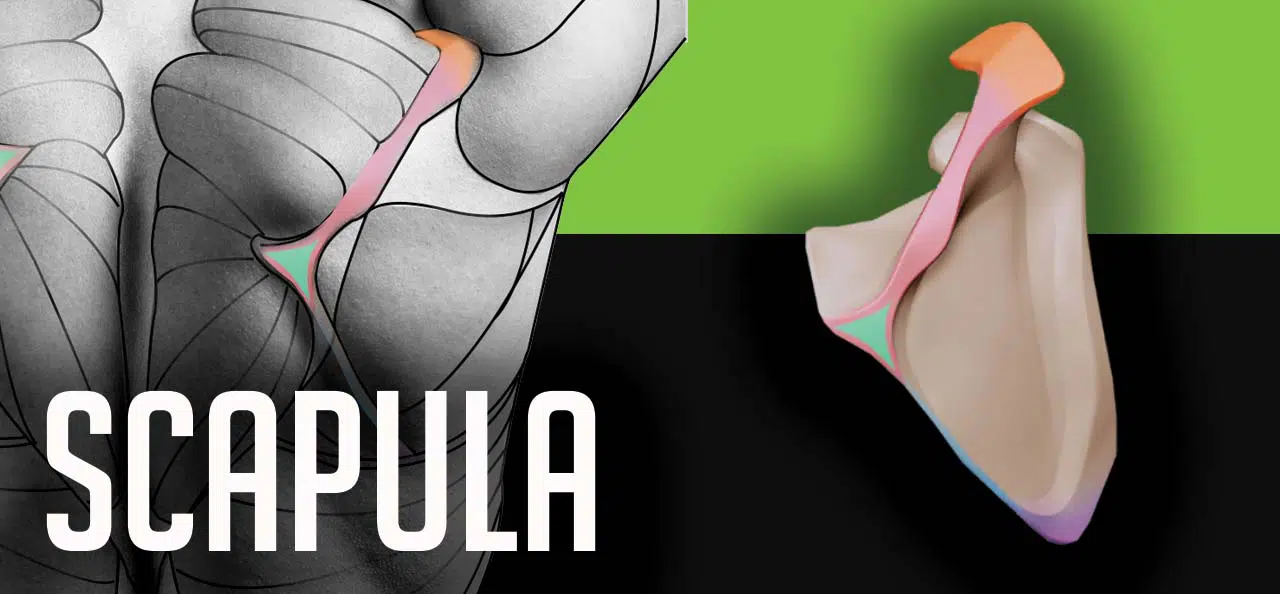
12:53
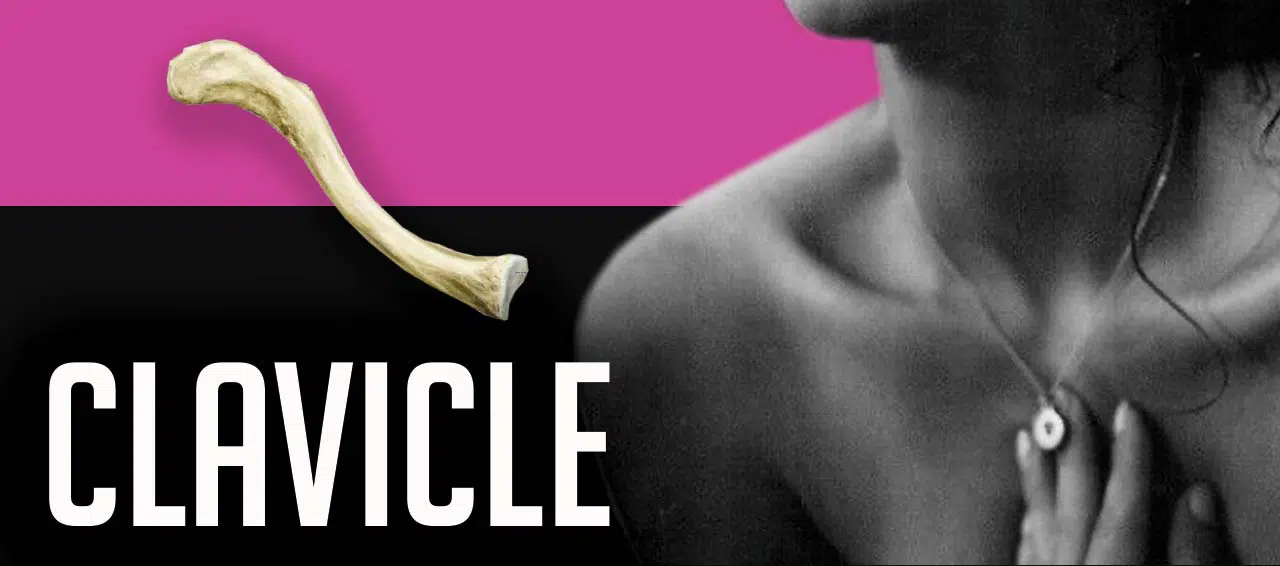
6:54
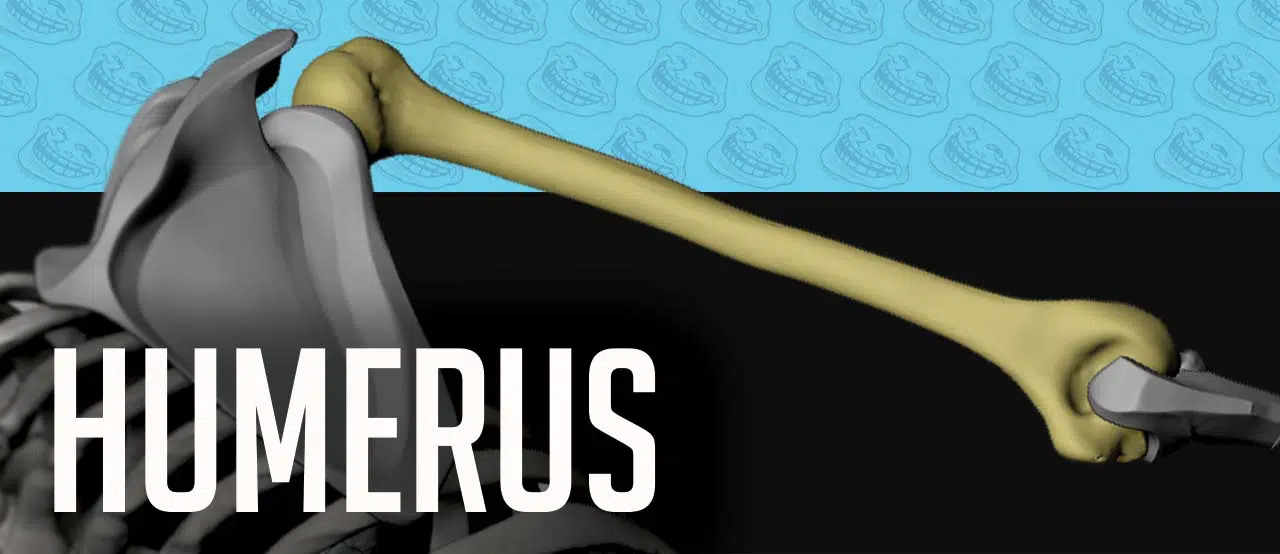
6:26
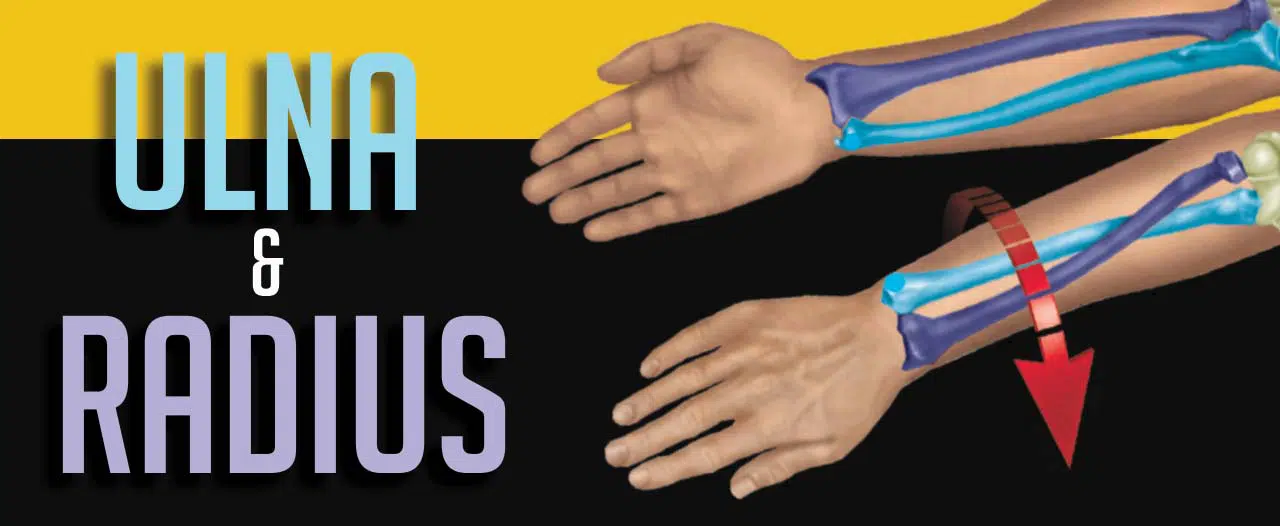
12:09
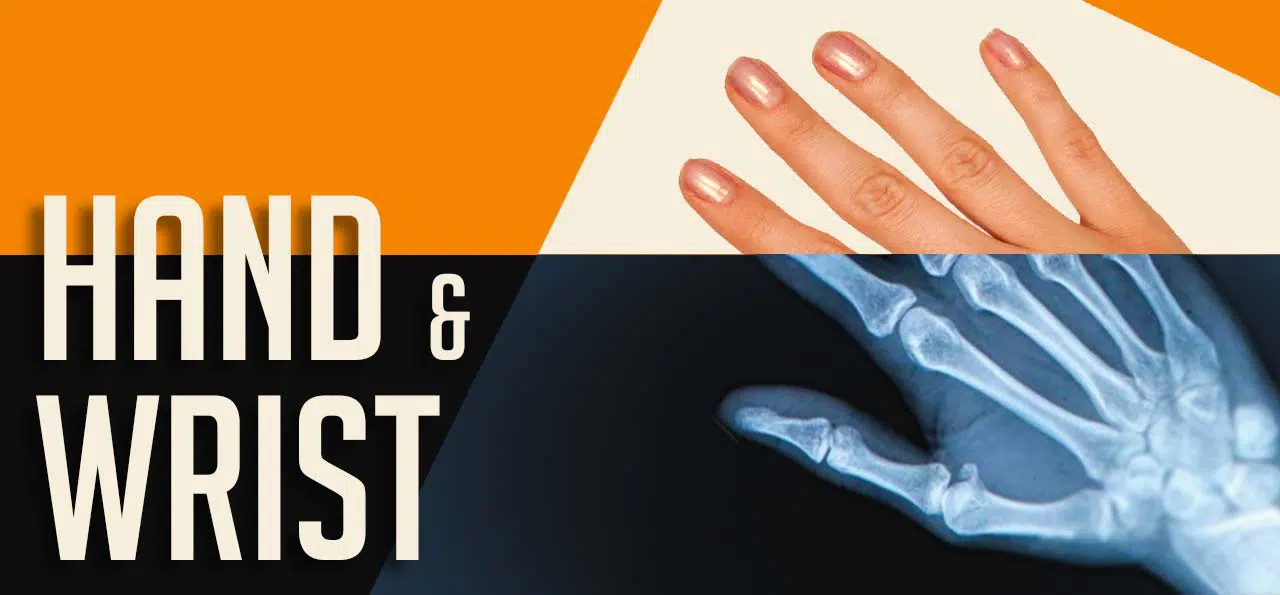
3:16
What are the upper limb bones?
They can be divided in main four groups:
• Shoulder – Scapula, and Clavicle
• Arm – Humerus
• Forearm – Ulna, and Radius
• Hand – Carpal b., Metacarpal b and Phalanges (Proximal Medial Distal)
The scapula is the flat bone that is located in on the back of the shoulder “wing shape.” Looking at its topography to understand the form of the bone.
It has – the body, the spine, medial border, inferior angle, and coracoid process. These parts even have sub-divisions. Morphology and Physiology. With male and female models. Protraction and retraction, rotation of the scapula, and more. Of course, all these 3D models are color-coded; it makes it easier to separate and understand.
Clavicle topography – acromial end – connects to the acromial process – the scapula (with a scapulo-clavicular joint). The sternal end connects to the chest bone, aka sternum (with a sterno-clavicular joint).
The Clavicle form is relatively complicated. That is why Uldis simplified this bone to understand better it’s form and it’s creation. Looking into the morphology and physiology. With simplified models – geometrical primitives. Additionally, a lot of tips on Clavicle – the cupids bow, it’s angles, it’s visibility, and much more.
Humerus – is quite a long bone. It articulates with the scapula with Gleno-humeral joint through the glenoid cavity. From the surface anatomy point of view, we can see the head of the humerus.
In the video, we use the knowledge gain from previous videos. And see what’s inside the shoulder and how all the bones collaborate. Additionally, we look into the elbow joint – lateral epicondyle, medial epicondyle, and olecranon.
Anatomical position. In anatomy, they are seen as parallel bones. We look at these two bones from all sides and views to understand ulna and radius form and positions. And their bony landmarks as head of the ulna and olecranon. Connecting them two and getting the body of ulna. Additionally, pronation and supination, and demipronation. The rotation and positions of humerus, ulna, and radius during these motions.
